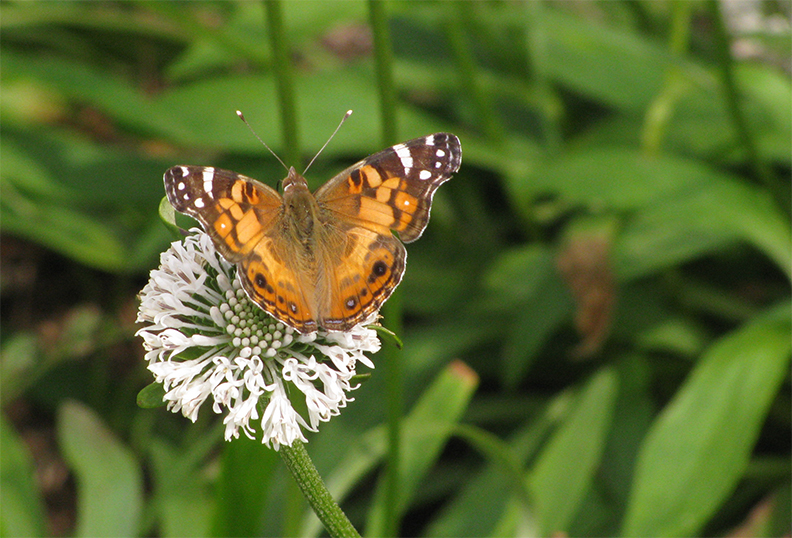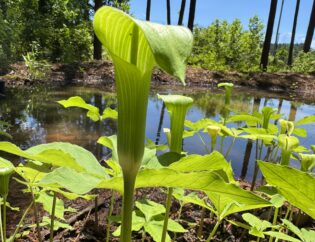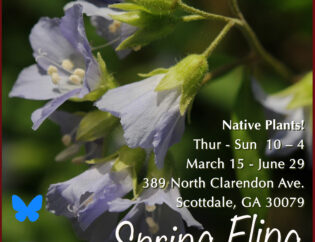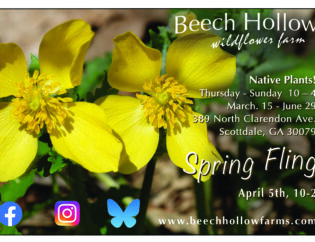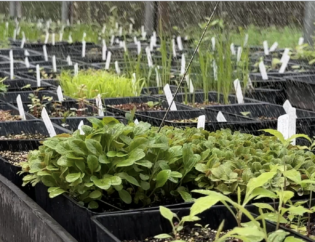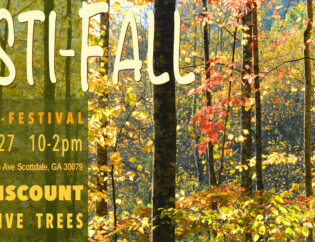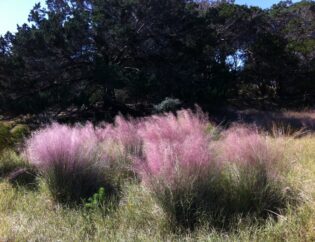Bees are most often associated with the word ‘pollinator’ and rightfully so: they gather pollen and nectar from flowers to feed themselves and their larvae. In the process of gathering their food, they cross-pollinate the flowers that give us many of our favorite foods. The 20,000+ species of bees on this planet come in all shapes and sizes, but nearly all of them subsist on pollen with a side of nectar. It’s a direct relationship with flowers that benefits both parties.
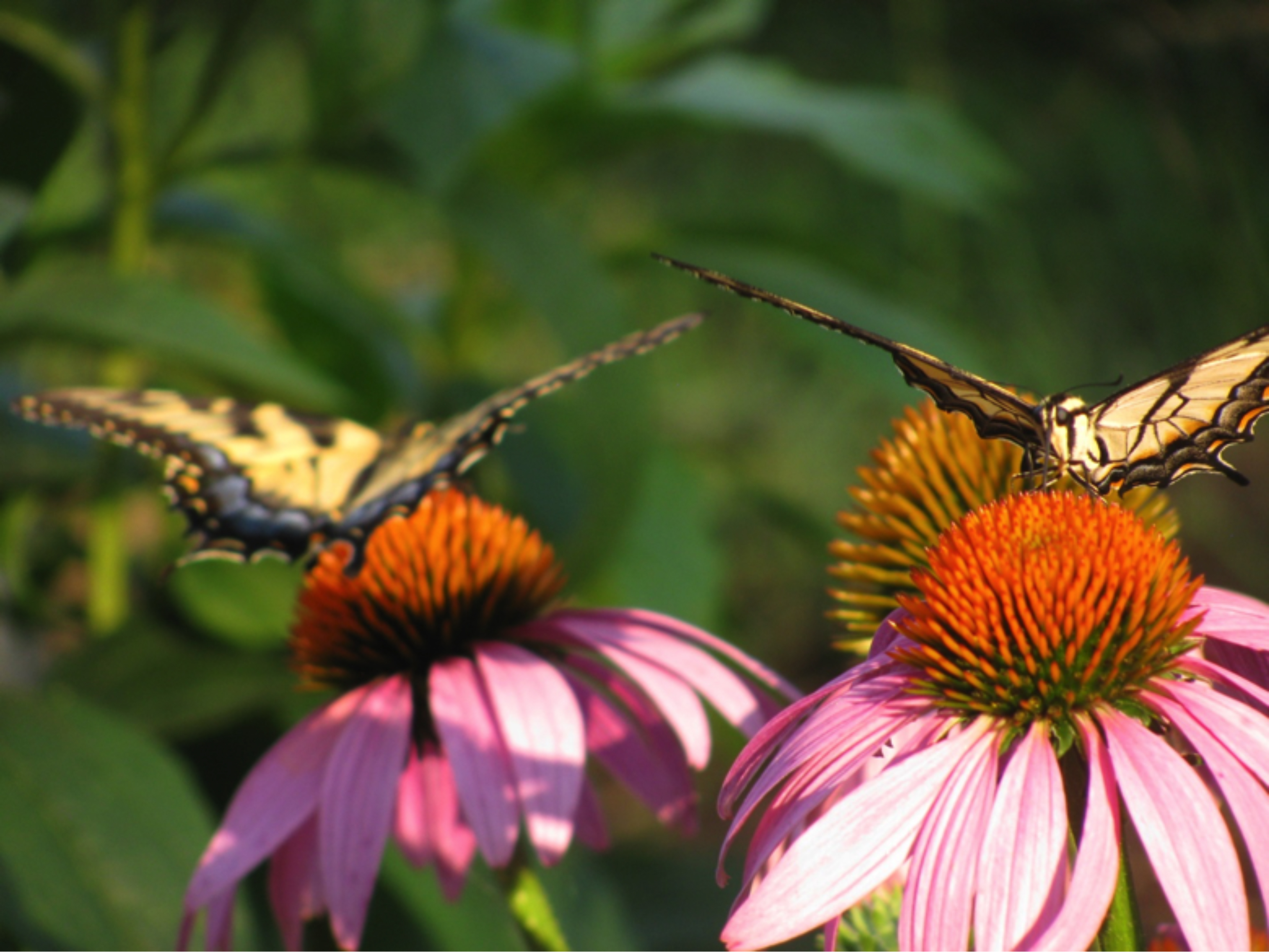
There is a another large group of insects known as Lepidopterans, the collective term for butterflies and moths, that also cross pollinate flowers, but not because they are collecting pollen to eat, and they certainly don’t feed it to their larvae. Their young consume a number of other plant parts, most often the leaves, to grow into adults. Their young are caterpillars, and they are not pollinators. Only adult lepidopterans are pollinators, but not all adults are.

Many butterflies and moths lack the mouth parts and/or digestive tracts to consume nectar from flowers. Their only task is to find a mate and produce fertilized eggs before they expend the energy they consumed as caterpillars. The adults that do visit flowers do so to sip nectar through a long, straw-like mouth known as a proboscis. It is often wound in a tight coil at the tip of the head and can unwind to reach the very bottom of tubular flowers where the nectar is secreted. In the process of sipping nectar, the adult is dusted with pollen, either by direct contact with the anthers or by the air currents from its wing beats causing pollen to release from the flower.

This happy accident of lepidopterans transferring pollen as they sip nectar has another happy accident embedded into in that some species of butterflies and moths are migratory. They move seasonally over distances much larger than the small area around a hive where bees forage. Sipping nectar powers the migratory flight, and the pollen gets to hitch a ride with all of its genetic information to far away plants. Long distance gene transfer helps plants spread useful adaptations through their population and enhances biodiversity which makes for plants that are more resilient to pests, pathogens and extreme weather. For the price of some sugary liquid (and maybe a few leaves for caterpillars) a plant can spread its genes far and wide with the help of the delicate, fluttering pollinators that don’t eat pollen: The Lepidopterans.
